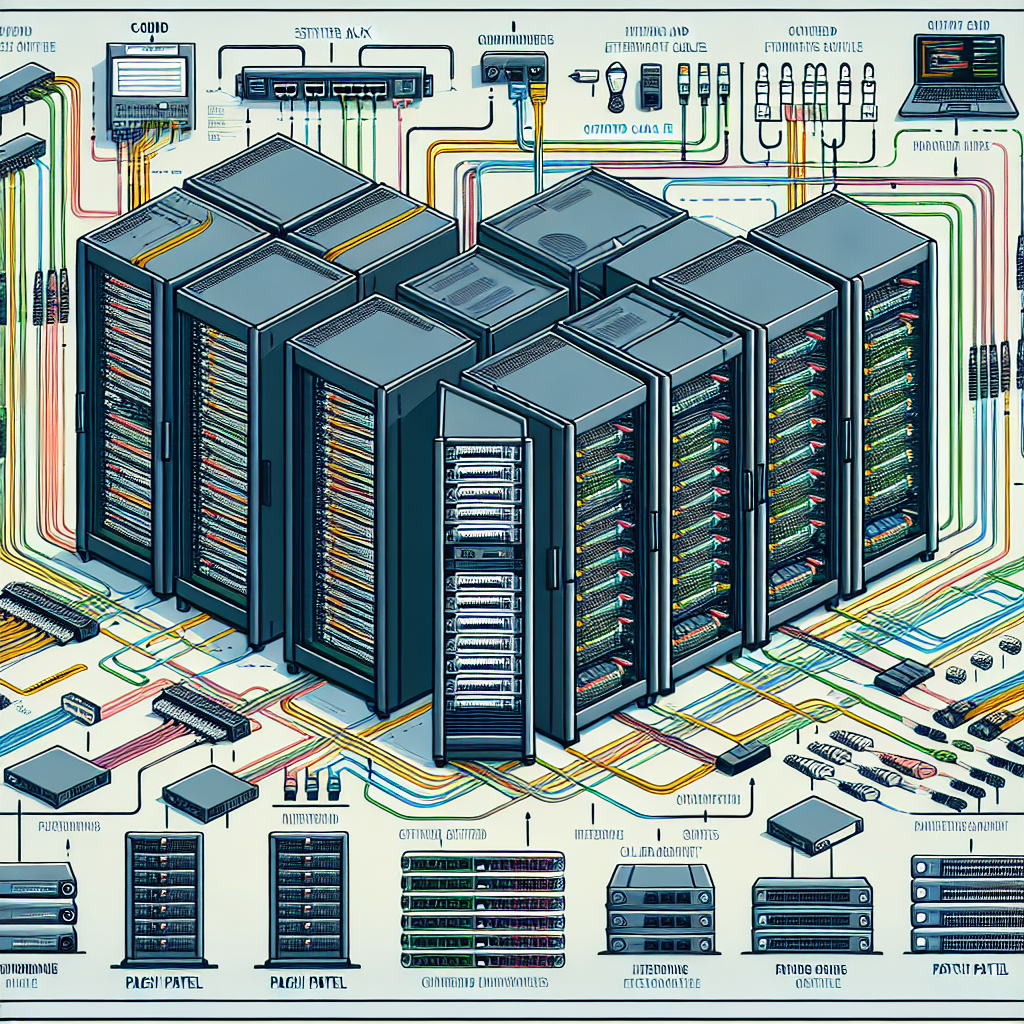How to Design and Implement a Structured Cabling System for Your Data Center
A structured cabling system is the backbone of any data center, providing the necessary infrastructure to support the transmission of data within the facility. Designing and implementing a structured cabling system for your data center is crucial to ensure optimal performance, reliability, and scalability.
To design and implement a structured cabling system for your data center, follow these steps:
1. Assess your current and future needs: Before designing a structured cabling system, it is important to assess your current data center requirements and consider future growth. Determine the number of network devices, servers, and other equipment that will need to be connected to the cabling system, as well as the expected data transfer speeds and bandwidth requirements.
2. Plan the layout: Once you have assessed your needs, plan the layout of the cabling system. Consider the physical layout of the data center, including the location of equipment racks, cable pathways, and cable lengths. Design a cabling system that minimizes cable runs, reduces cable congestion, and provides easy access for maintenance and upgrades.
3. Choose the right cabling components: Selecting the right cabling components is essential for the performance and reliability of your structured cabling system. Choose high-quality cables, connectors, patch panels, and other components that meet industry standards and are compatible with your network equipment.
4. Follow industry standards: When designing and implementing a structured cabling system, it is important to follow industry standards such as TIA/EIA-568 and ISO/IEC 11801. These standards provide guidelines for cabling design, installation, and testing to ensure consistency and compatibility with other systems.
5. Test and certify the cabling system: Once the structured cabling system is installed, it is important to test and certify the system to ensure that it meets performance requirements. Use a cable tester to check for continuity, impedance, and other parameters, and obtain a certification report to verify that the cabling system meets industry standards.
6. Document the cabling system: Finally, document the structured cabling system by creating as-built drawings, labeling cables and components, and maintaining a record of the cabling layout. Proper documentation is essential for troubleshooting, maintenance, and future upgrades.
By following these steps, you can design and implement a structured cabling system for your data center that provides reliable performance, scalability, and flexibility to support your business needs. Proper planning, quality components, adherence to industry standards, and thorough testing and documentation are key factors in ensuring the success of your structured cabling system.


